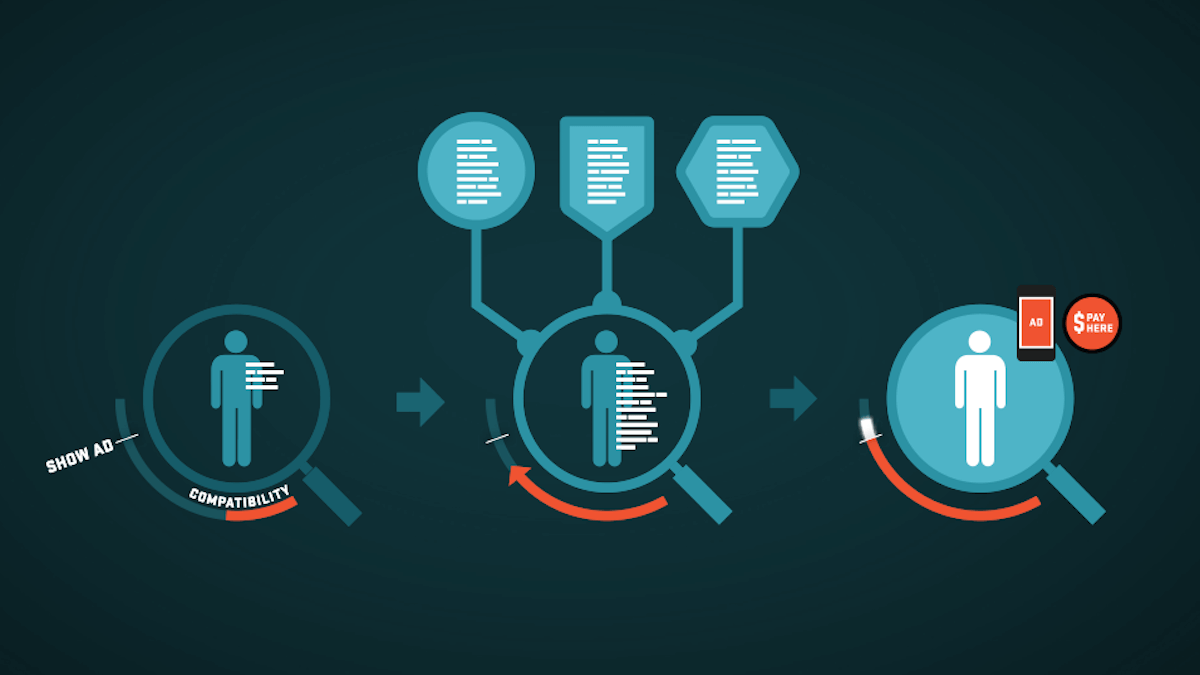
"To justify AI investment, marketers must show whether campaigns convert better, leads improve in quality, brand metrics lift or return on ad spend (ROAS) rises - and then validate that AI was directly responsible. Define the right performance question Before measuring, clarify what AI is expected to impact. Start with specific, outcome-based questions: Will AI-generated product descriptions increase mobile conversion rates compared to our current copy? Does AI-driven bidding deliver a lower cost per acquisition on our key audiences than manual bidding did last quarter?"
"Measurement starts with knowing where you began. Record baseline metrics such as conversion rates, cost per lead, CLV or campaign activation times before AI is introduced. Then, as you bring AI into the mix, build direct comparisons: Run AI-driven creative alongside human creative, keeping everything else equal. Test new AI-powered targeting on a subset of your audience, while others remain on legacy approaches."
Marketers deploy AI across creative, targeting, bidding and reporting. AI adoption must be evaluated by measurable outcomes rather than activity or speed gains. Investment requires evidence that campaigns convert better, leads improve in quality, brand metrics lift, or return on ad spend (ROAS) rises, and that AI caused those changes. Define specific, outcome-based hypotheses before measuring, such as whether AI-generated product descriptions increase mobile conversion or whether AI-driven bidding lowers cost per acquisition. Establish baseline metrics and run structured comparisons, including parallel creative tests and audience subset targeting, while planning for auction or delivery contamination.
Read at MarTech
Unable to calculate read time
Collection
[
|
...
]